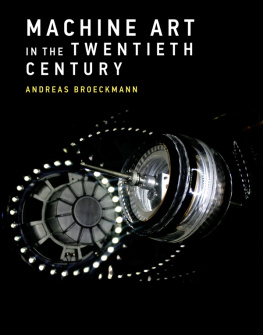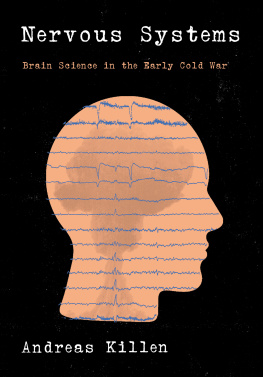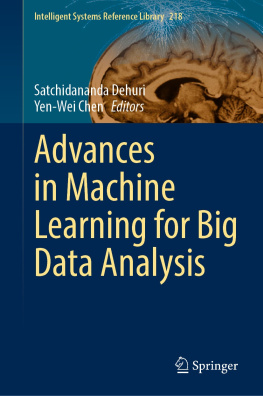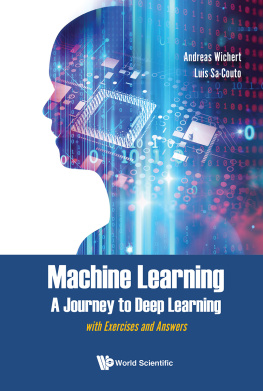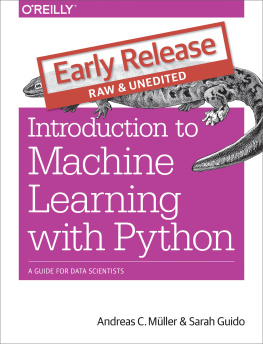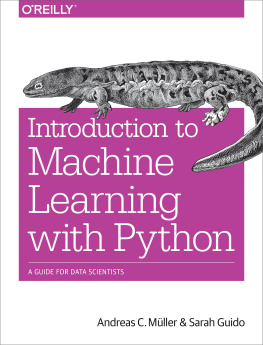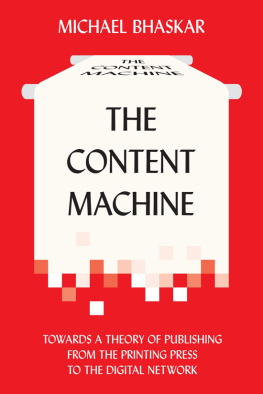Leonardo
Roger F. Malina, Executive Editor
Sean Cubitt, Editor-in-Chief
Tactical Biopolitics: Art, Activism, and Technoscience, edited by Beatriz da Costa and Kavita Philip, 2008
White Heat Cold Logic: British Computer Art 19601980, edited by Paul Brown, Charlie Gere, Nicholas Lambert, and Catherine Mason, 2008
Rethinking Curating: Art after New Media, Beryl Graham and Sarah Cook, 2010
Green Light: Toward an Art of Evolution, George Gessert, 2010
Enfoldment and Infinity: An Islamic Genealogy of New Media Art, Laura U. Marks, 2010
Synthetics: Aspects of Art and Technology in Australia, 19561975, Stephen Jones, 2011
Hybrid Cultures: Japanese Media Arts in Dialogue with the West, Yvonne Spielmann, 2012
Walking and Mapping: Artists as Cartographers, Karen ORourke, 2013
The Fourth Dimension and Non-Euclidean Geometry in Modern Art, revised edition, Linda Dalrymple Henderson, 2013
Illusions in Motion: Media Archaeology of the Moving Panorama and Related Spectacles, Erkki Huhtamo, 2013
Relive: Media Art Histories, edited by Sean Cubitt and Paul Thomas, 2013
Re-collection: Art, New Media, and Social Memory, Richard Rinehart and Jon Ippolito, 2014
Biopolitical Screens: Image, Power, and the Neoliberal Brain, Pasi Vliaho, 2014
The Practice of Light: A Genealogy of Visual Technologies from Prints to Pixels, Sean Cubitt, 2014
The Tone of Our Times: Sound, Sense, Economy, and Ecology, Frances Dyson, 2014
The Experience Machine: Stan VanDerBeeks Movie-Drome and Expanded Cinema, Gloria Sutton, 2014
Hanan al-Cinema: Affections for the Moving Image, Laura U. Marks, 2015
Writing and Unwriting (Media) Art History: Erkki Kurenniemi in 2048, edited by Joasia Krysa and Jussi Parikka, 2015
Control: Digitality as Cultural Logic, Seb Franklin, 2015
New Tendencies: Art at the Threshold of the Information Revolution (19611978), Armin Medosch, 2016
Screen Ecologies: Art, Media, and the Environment in the Asia-Pacific Region, Larissa Hjorth, Sarah Pink, Kristen Sharp, and Linda Williams, 2016
Pirate Philosophy: For a Digital Posthumanities, Gary Hall, 2016
Social Media Archeology and Poetics, edited by Judy Malloy, 2016
Practicable: From Participation to Interaction in Contemporary Art, edited by Samuel Bianchini and Erik Verhagen, 2016
Machine Art in the Twentieth Century, Andreas Broeckmann, 2016
See for a complete list of titles in this series.
Machine Art in the Twentieth Century
Andreas Broeckmann
The MIT Press
Cambridge, Massachusetts
London, England
2016 Massachusetts Institute of Technology
All rights reserved. No part of this book may be reproduced in any form by any electronic or mechanical means (including photocopying, recording, or information storage and retrieval) without permission in writing from the publisher.
This book was set in Stone Serif and Stone Sans by Toppan Best-set Premedia Limited. Printed and bound in the United States of America.
Library of Congress Cataloging-in-Publication Data
Names: Broeckmann, Andreas, author.
Title: Machine art in the twentieth century / Andreas Broeckmann.
Description: Cambridge, MA : The MIT Press, 2016. | Series: Leonardo book series | Includes bibliographical references and index.
Identifiers: LCCN 2016017052 | ISBN 9780262035064 (hardcover : alk. paper)
eISBN 9780262336093
Subjects: LCSH: Art and technology. | Art, Modern20th centuryThemes, motives.
Classification: LCC N72.T4 B76 2016 | DDC 700.1/05dc23 LC record available at https://lccn.loc.gov/2016017052
ePub Version 1.0
Series Foreword
Leonardo/International Society for the Arts, Sciences, and Technology (ISAST)
Leonardo, the International Society for the Arts, Sciences, and Technology, and the affiliated French organization Association Leonardo have some very simple goals:
- To advocate, document, and make known the work of artists, researchers, and scholars developing the new ways that the contemporary arts interact with science, technology, and society.
- To create a forum and meeting places where artists, scientists, and engineers can meet, exchange ideas, and, when appropriate, collaborate.
- To contribute, through the interaction of the arts and sciences, to the creation of the new culture that will be needed to transition to a sustainable planetary society.
When the journal Leonardo was started some forty-five years ago, these creative disciplines existed in segregated institutional and social networks, a situation dramatized at that time by the Two Cultures debates initiated by C. P. Snow. Today we live in a different time of cross-disciplinary ferment, collaboration, and intellectual confrontation enabled by new hybrid organizations, new funding sponsors, and the shared tools of computers and the Internet. Above all, new generations of artist-researchers and researcher-artists are now at work individually and collaboratively bridging the art, science, and technology disciplines. For some of the hard problems in our society, we have no choice but to find new ways to couple the arts and sciences. Perhaps in our lifetime we will see the emergence of new Leonardos, hybrid creative individuals or teams that will not only develop a meaningful art for our times but also drive new agendas in science and stimulate technological innovation that addresses todays human needs.
For more information on the activities of the Leonardo organizations and networks, please visit our websites at http://www.leonardo.info/ and http://www.olats.org.
Roger F. Malina
Executive Editor, Leonardo Publications
ISAST Governing Board of Directors: Nina Czegledy, Greg Harper, Marc Hebert (Chair), Gordon Knox, Roger Malina, Tami Spector, Darlene Tong.
Acknowledgments
In a way, this book has been in the making for over twenty years. When I started my first job at the V2_Organisation in Rotterdam in 1995, my assignments were the preparations for a symposium for the Dutch Electronic Art Festival (DEAF) and a program for the Next 5 MinutesTactical Media conference. For the latter I wrote a text which became the basis for my contributions to later V2 programs, like the event series on Machine Aesthetics (1997), and to the DEAF editions on The Art of the Accident (1998) and Machine Times (2000); this text was also the beginning of the trajectory that led me to write this book. I therefore remain deeply indebted to my former colleagues at the V2_Organisation, Alex Adriaansens, Joke Brouwer, Marc Thelosen, and Peter Duimelinks, for providing the most stimulating environment a young, runaway academic could wish for.
On the many trails and detours that I have taken since, the most important inspiration has always come from my work with artists, some of whom also feature in this book. It is a great privilege to be in conversation and exchange with those who continue to work, and with those who can share their memories of artists they lived and worked with. I want to single out Vera Molnar who welcomed me in her studio in Paris, and Elonore de Lavandeyra Schffer who keeps the memory and archive of Nicolas Schffer. On a sad note, the untimely passing away of Seiko Mikami in early 2015 must remind us of the transience of our endeavors.
The first notes for this book were written during a residency at the Banff Center, Canada, and important parts of the research were done at Kunstbibliothek Berlin and Staatsbibliothek Berlin, with additional research conducted at Museum Tinguely in Basel. Online resources like
Next page
